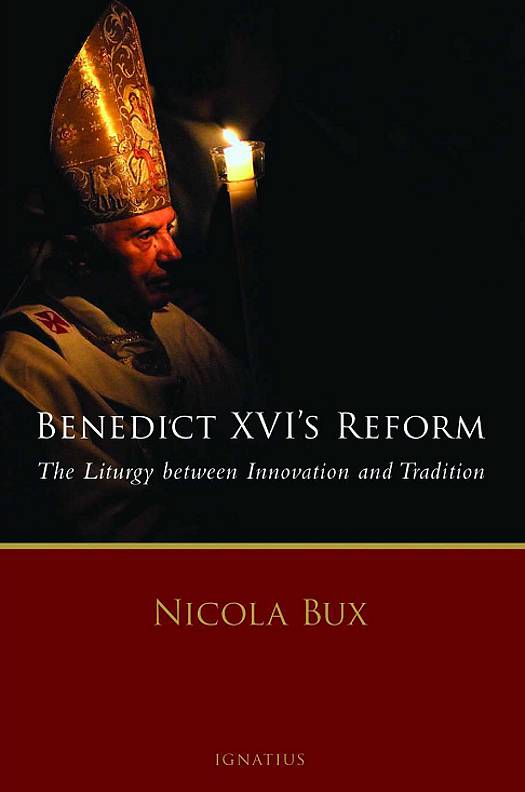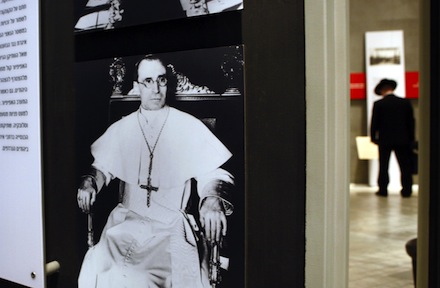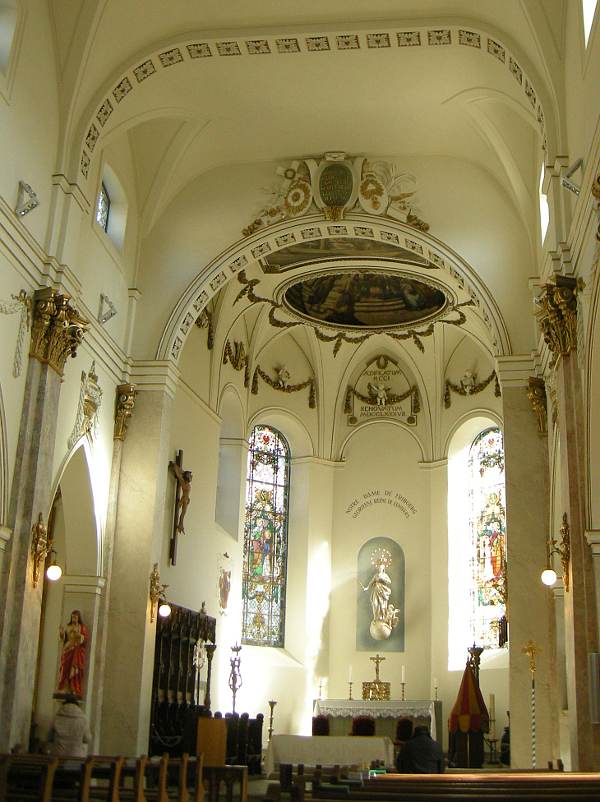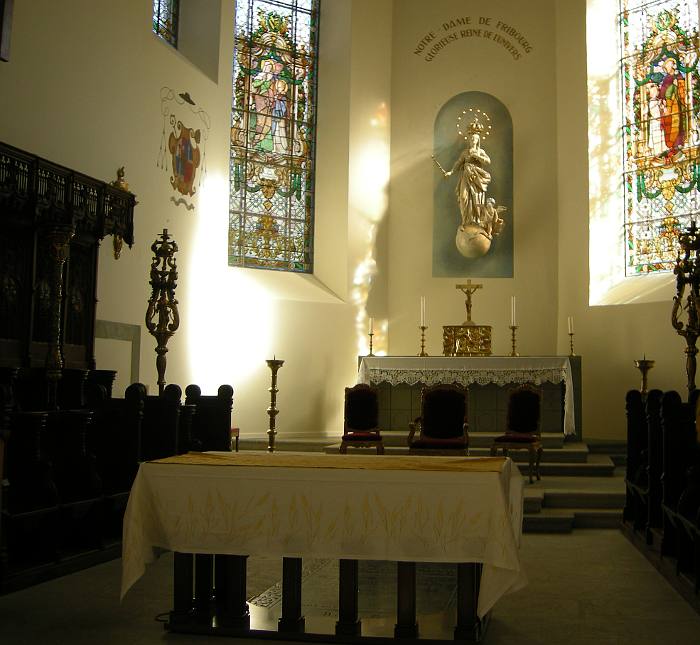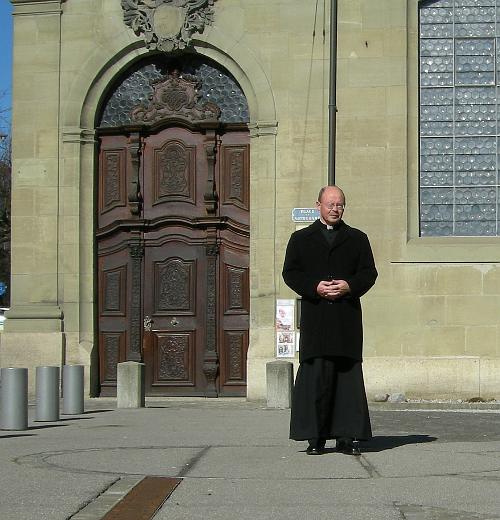I den tradisjonelle kalender feires 1. juli alltid festen for vår Herres Jesu Kristi hellige blod, også når dagen faller på en søndag. I dagens messe brukes bl.a. følgende tekster:
Inngangsvers, Joh.åp. 5,9-10: «Herre, med ditt blod har du frikjøpt for Gud mennesker av alle stammer og tungemål, av alle folk og nasjoner.Til et kongerike har du gjort dem.»
Graduale, 1. Joh. brev 5, 6-8: «Han er den som kom med vann og med blod, Jesus Kristus – ikke bare med vannet, men med vannet og blodet. .. For det er tre som vitner: Ånden og vannet og blodet, og disse tre samstemmer.»
Evangelium, Joh. 19, 30-35: «Da Jesus hadde fått eddikvinen, sa han: Det er fullbrakt! Så bøyde han hodet og oppgav sin ånd. Det var helgaften, og de døde måtte ikke bli hengende på korset over sabbaten, for denne sabbaten var en stor høytidsdag. Jødene bad derfor Pilatus om at bena måtte brytes på dem, og likene bli tatt ned. Soldatene kom da og brøt bena først på den ene og så på den andre som var blitt korsfestet sammen med Jesus. Da de kom til Jesus, så de at han alt var død, og de brøt ikke hans ben. Men en av soldatene stakk ham i siden med et spyd, og straks kom det ut blod og vann. Og den som har sett det, han har vitnet om det, og hans vitnesbyrd er sant.»
Til matutin er de tre første lesningene tatt fra Hebreerbrevet – lesning 4-6 fra en preken av Johannes Krysostomos, og lesning 7-9 fra Augustin. Her er de første tre leningene:
Heb 9:11-15
Men Kristus er kommet som øversteprest for de frelsesgoder som vi nå har. Han har gått igjennom det teltet som er større og mer fullkomment, og som ikke er laget av menneskehånd, det vil si: som ikke hører denne skapte verden til. Ikke med blod av bukker og kalver, men med sitt eget blod gikk han inn i helligdommen én gang for alle, og således vant han en evig forløsning. Riktignok er det slik at blodet av bukker og okser gjør hellig og ren i det ytre, likeså vann med asken av en kvige, når det blir stenket på dem som er blitt urene. Hvor mye mer skal da ikke Kristi blod rense vår samvittighet fra døde gjerninger, så vi kan tjene den levende Gud. Kristus har jo i kraft av en evig Ånd båret seg selv fram som et lyteløst offer for Gud. Så er da Kristus mellommann for en ny pakt. Han døde, og det ble til forløsning fra overtredelsene under den første pakt, for at de som er kalt, skal få den evige arv som var lovt.
Heb 9:16-22
Det er med pakten som med et testamente: det må godtgjøres at den som har opprettet det, er død. Først når han er død, er det gyldig; det trer ikke i kraft så lenge han lever. Derfor ble heller ikke den første pakt innviet uten blod. Da Moses hadde kunngjort for hele folket alle budene som står i loven, tok han blodet av kalvene og bukkene sammen med vann, skarlagenrød ull og isop, stenket så blodet både på bokrullen og på hele folket og sa: «Dette er blodet for den pakten som Gud har fastsatt for dere.» Like ens stenket han blod på teltet og på alle de kar som ble brukt under gudstjenesten. Etter loven blir jo nesten alle ting renset med blod, og synd blir ikke tilgitt uten at blod blir utøst.
Heb 10:19-24
Så kan vi da, brødre, i kraft av Jesu blod med frimodighet tre inn i helligdommen. Han har innviet en ny og levende vei for oss dit inn gjennom forhenget, det vil si hans jordiske legeme. Når vi har så stor en prest over Guds hus, så la oss tre fram med oppriktig hjerte i troens fulle visshet, med hjertet renset for vond samvittighet og legemet badet i rent vann. La oss holde urokkelig fast ved bekjennelsen av vårt håp; for han som gav løftet, er trofast. La oss ha omtanke for hverandre, så vi oppgløder hverandre til kjærlighet og gode gjerninger.
Alle bibeltekster her er fra Bibelselskapets utgave 1978/85.
